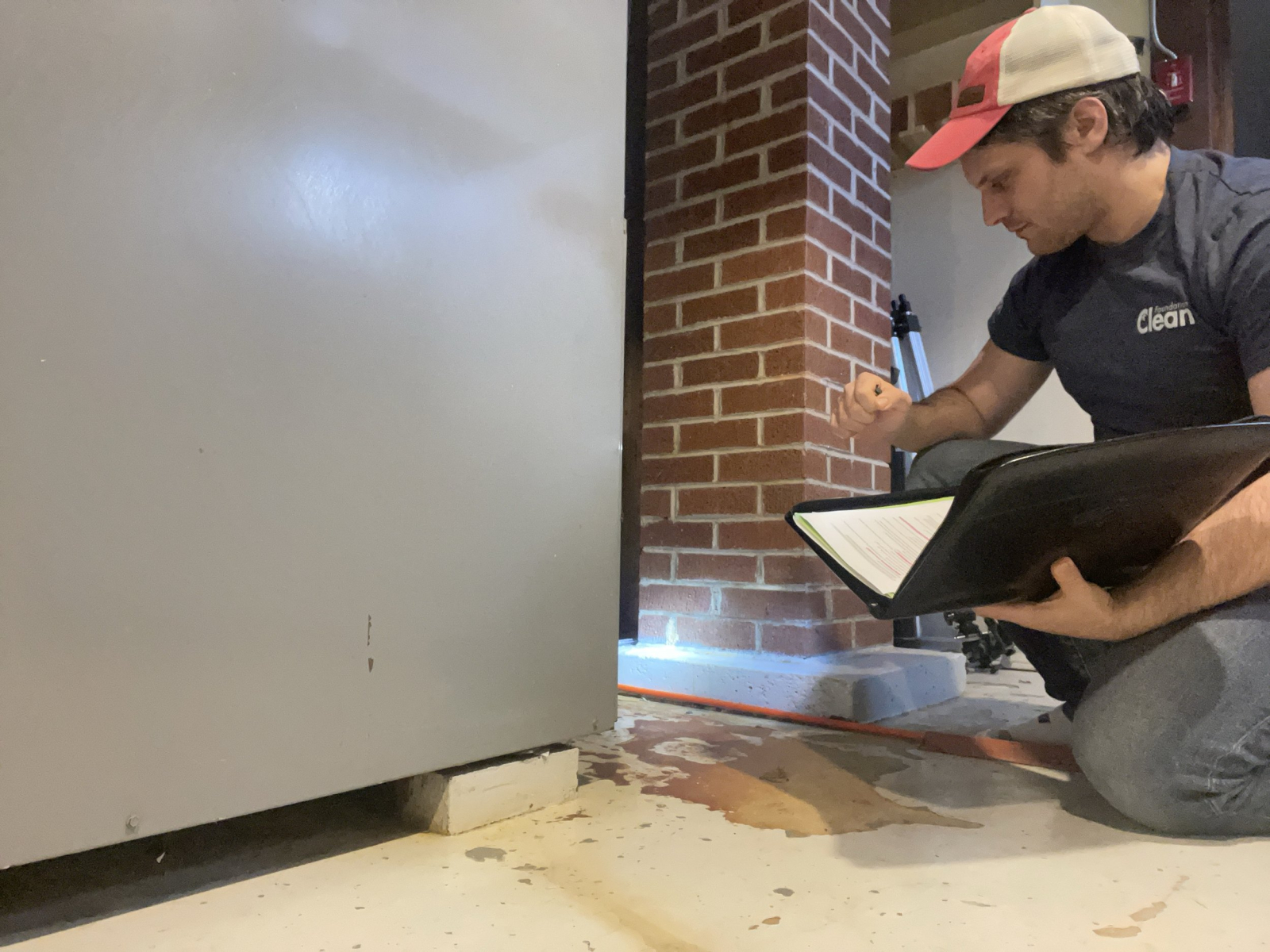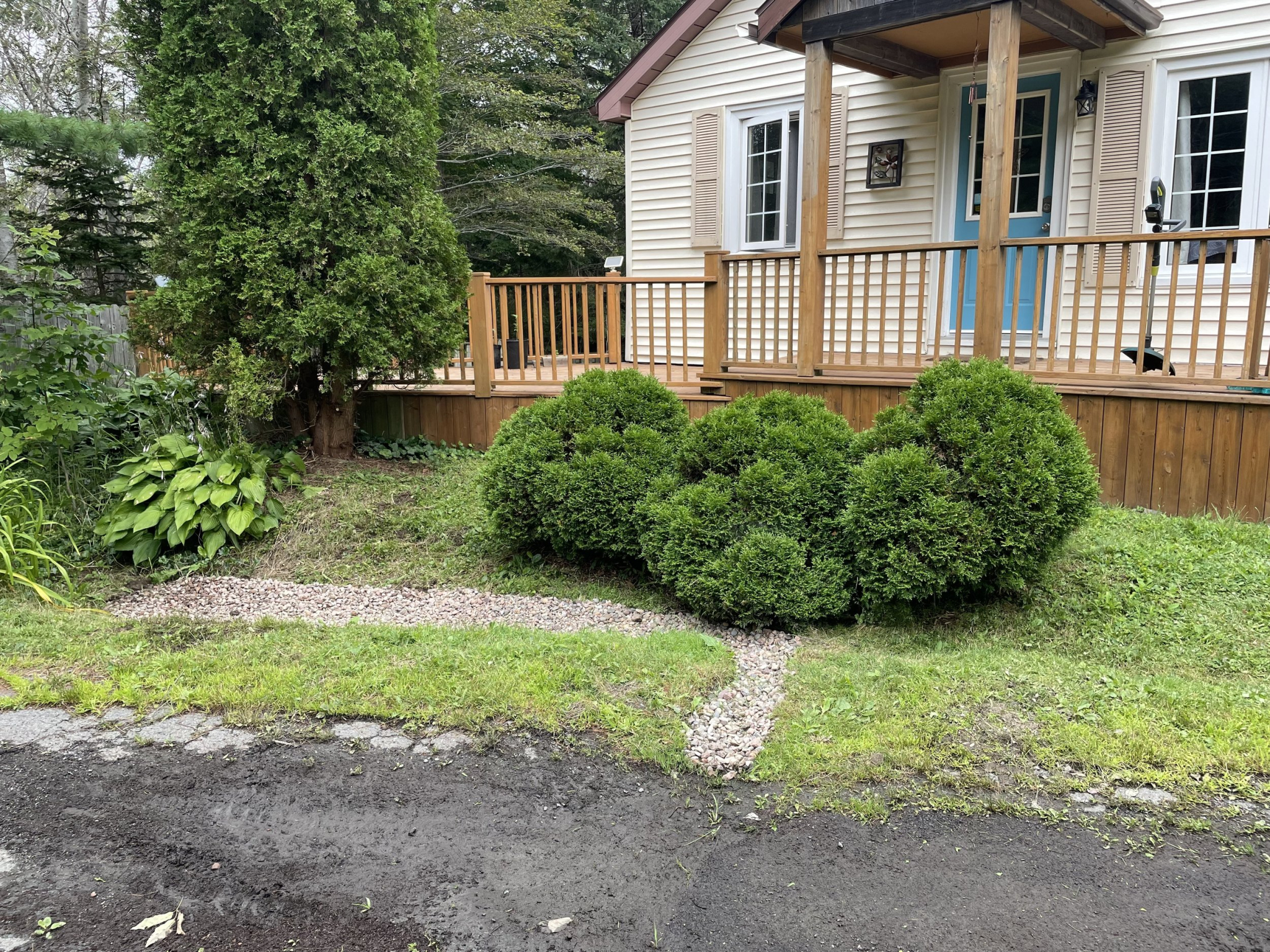More floods are coming to Nova Scotia, and not just from storm surges on the waterfront. Overland flooding, from rivers or lakes bursting their banks, or from torrents of rainwater colliding with homes on their way downhill, are already becoming more frequent. Nova Scotia’s 2022 climate change risk assessment — Weathering What’s Ahead — identified flooding as the most likely detriment to provincial well-being in the 2030s.
“With some of the big rainfall events from last summer, we saw all types of flooding,” says Charlynne Robertson, a senior manager of programs with Clean Foundation. “So many people were being flooded and dealing with the aftermath.”
Damage can look very different depending on the home, she says — finished versus unfinished basements, for example — but according to the Intact Centre on Climate Adaptation, the average cost of remediating basement flood damage in Canada is $43,000. What’s more, says Robertson, most home insurance policies don’t automatically cover overland flood damage, a fact many homeowners often learn too late.
Clean Foundation is a not-for-profit environmental charity that began in 1988 delivering programs throughout Nova Scotia — everything from energy efficiency assessments to in-school awareness to municipal climate adaptation. They now work in PEI as well. The necessity for homeowners, and for municipalities at large, to prepare themselves for overland flooding has been top of mind at Clean for some time, Robertson says. In fact, many of their energy assessors, visiting homes to recommend heat pumps and draft-proofing, have also been recommending overland flood prevention retrofits, if for no other reason than that they’ll keep that shiny new heat pump in the basement dry.

Robertson and her colleagues decided to go a step further, embarking on a retrofit program specific to overland flood prevention. The Resilient Home Retrofit Pilot Project was launched in 2023, in which 20 households in vulnerable watersheds — 10 from New Glasgow and 10 from the Halifax Regional Municipality (specifically Upper Hammonds Plains and Spryfield) — are receiving flood risk assessments and preventative retrofits for free. Assessments were completed in early February 2024, and retrofits are expected to wrap up by December. This is only a pilot project, Robertson stressed, and cannot yet expand beyond the 20 households already involved.
“It’s been an emotional time when it comes to flooding,” Robertson says. “People all over Nova Scotia want help and answers. We’re just trying to figure out how a program like this can work, and how we can learn from it, so we can explore what to do next.”
While they haven’t yet ruled anything out, retrofits will probably focus on solar pumps (installed on low ground, in basements, to immediately dispose of inundating water), improved eave troughs with downward spouts at least two metres away from the home’s foundation, and the installation of basement windowsills. They might also get into landscaping: altering the grade of surrounding lawns to shuttle water away from the home, and installing French drains to do the same. And based on Clean’s expertise with nature-based solutions, said Robertson, another suggestion might be the installation of “rain gardens” filled with water-hungry plants able to soak up excess precipitation.
“We should be encouraging nature to step in and help where possible,” she says.
Homeowners are also receiving an education in flood preparedness, which includes the following recommendations: pack a 72-hour emergency kit; check on neighbours after a flooding event; keep your gutters and storm drains clean; make sure household pipes and weeping tiles are working properly; keep electrical wiring off the basement floor; keep downstairs valuables in plastic totes, etc.
“Resilience to me isn’t just making sure the home is better protected from floods,” Robertson says. “It’s also about making sure the homeowner’s better prepared.”
And this message of personal preparedness is not restricted to participating households, says Robertson. As part of the Resilient Home Retrofit Pilot Project, Clean Foundation is attending home shows, encouraging homeowners in vulnerable watersheds to make their own plans and investments, and to be very aware of what their insurance policies do and don’t cover.
“We all know flooding is a risk,” Robertson says. “We’ll be having more and larger precipitation events in the future. It’s important to plan ahead, at both the municipal and household level.”
This story is being shared by the Climate Story Network, an initiative of Climate Focus, a non-profit organization dedicated to covering stories about community climate solutions.




Comments